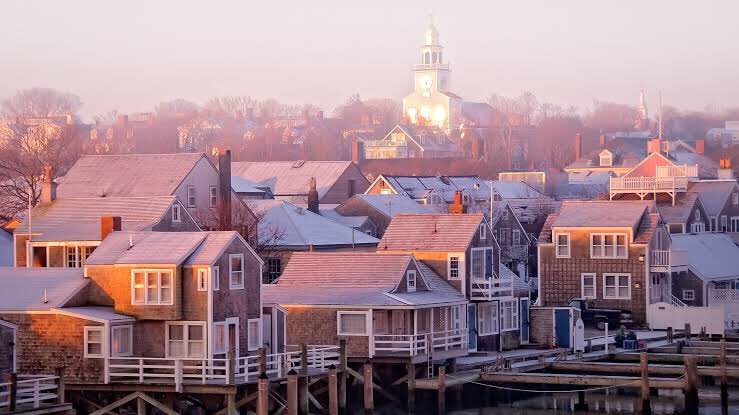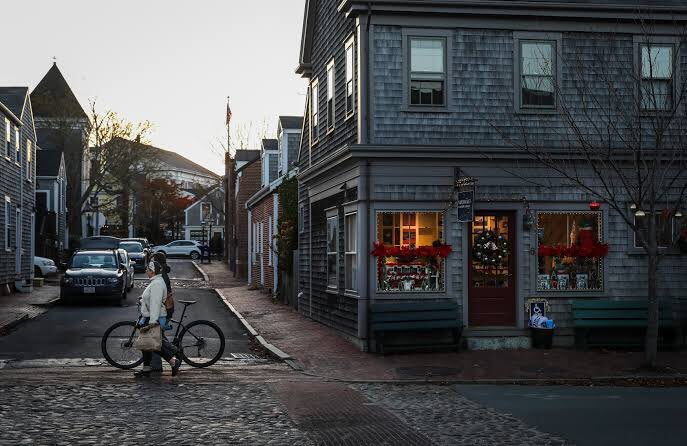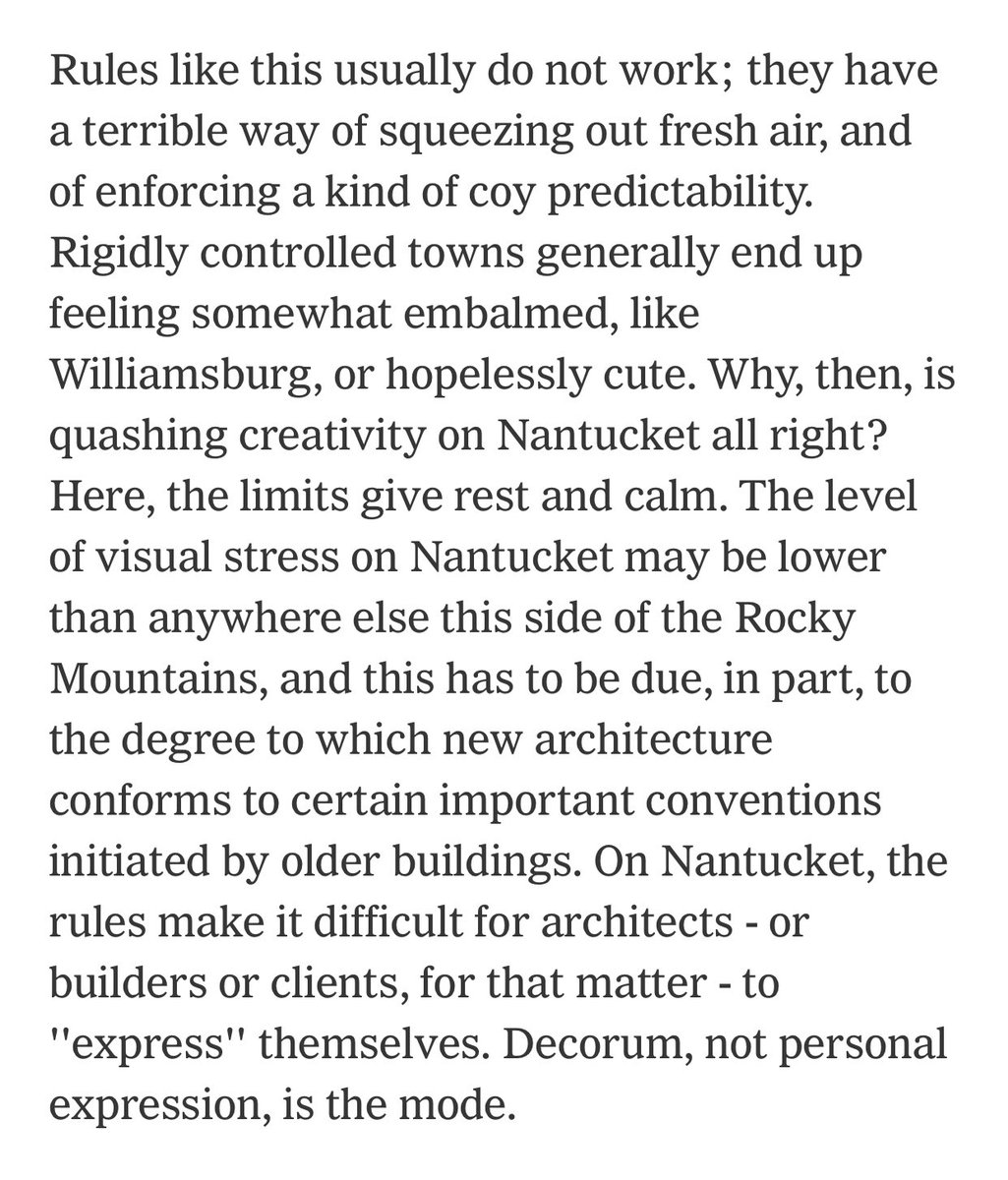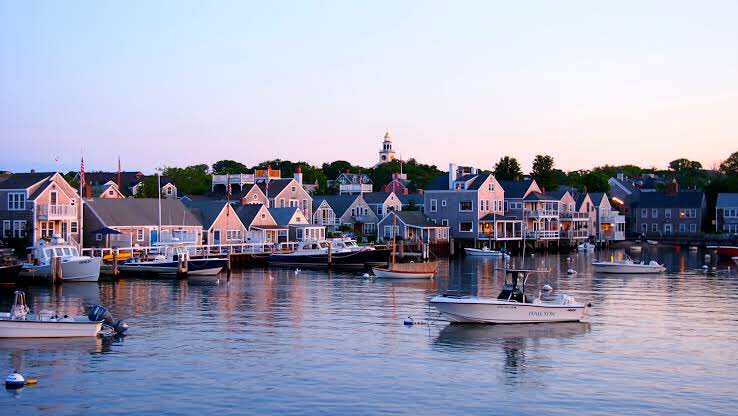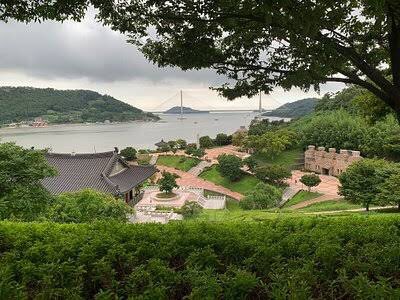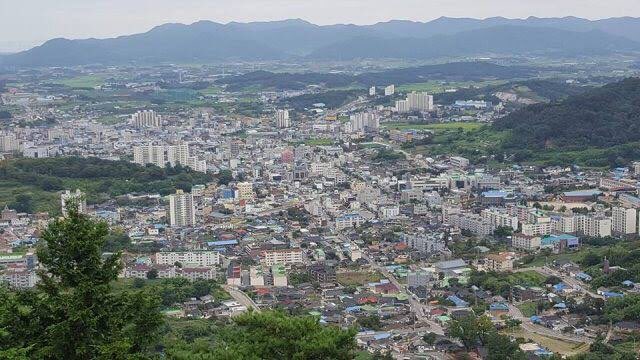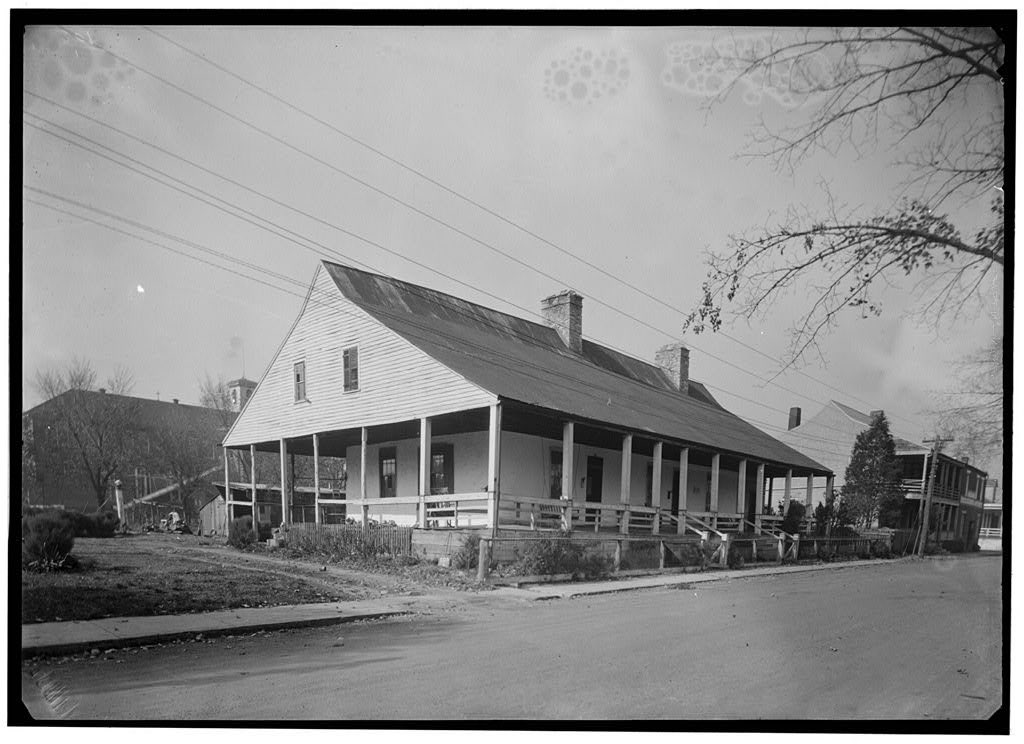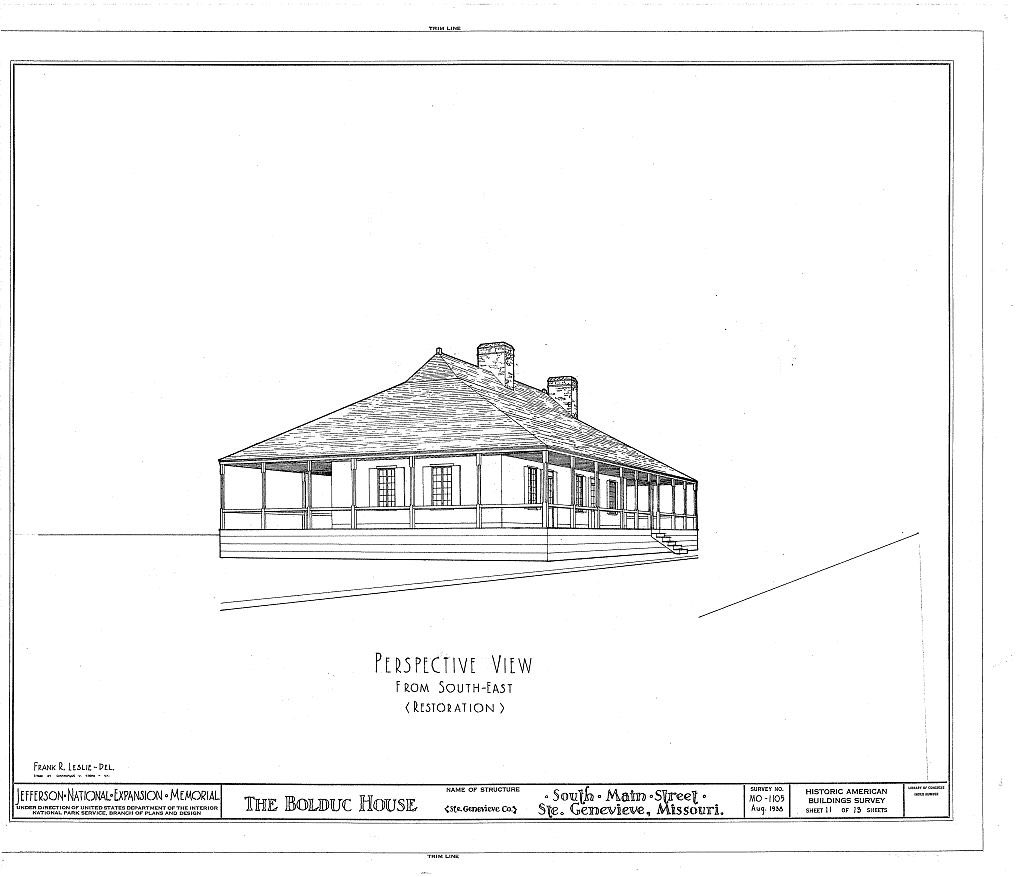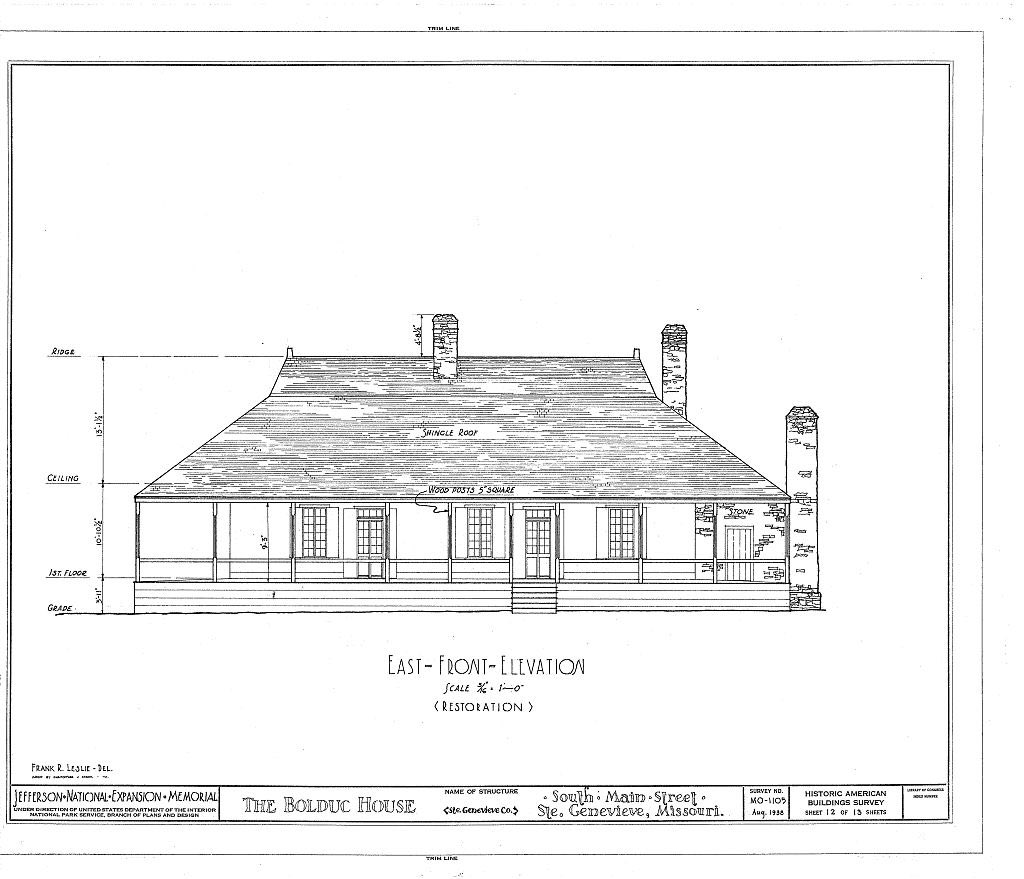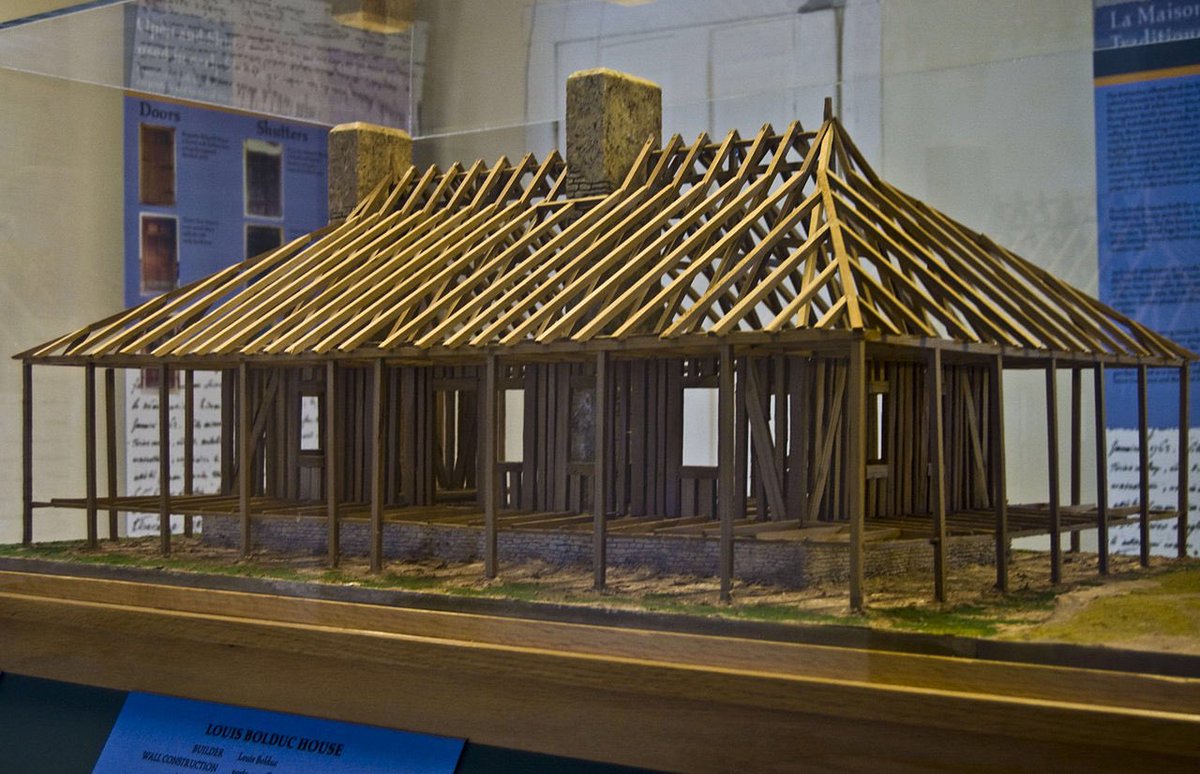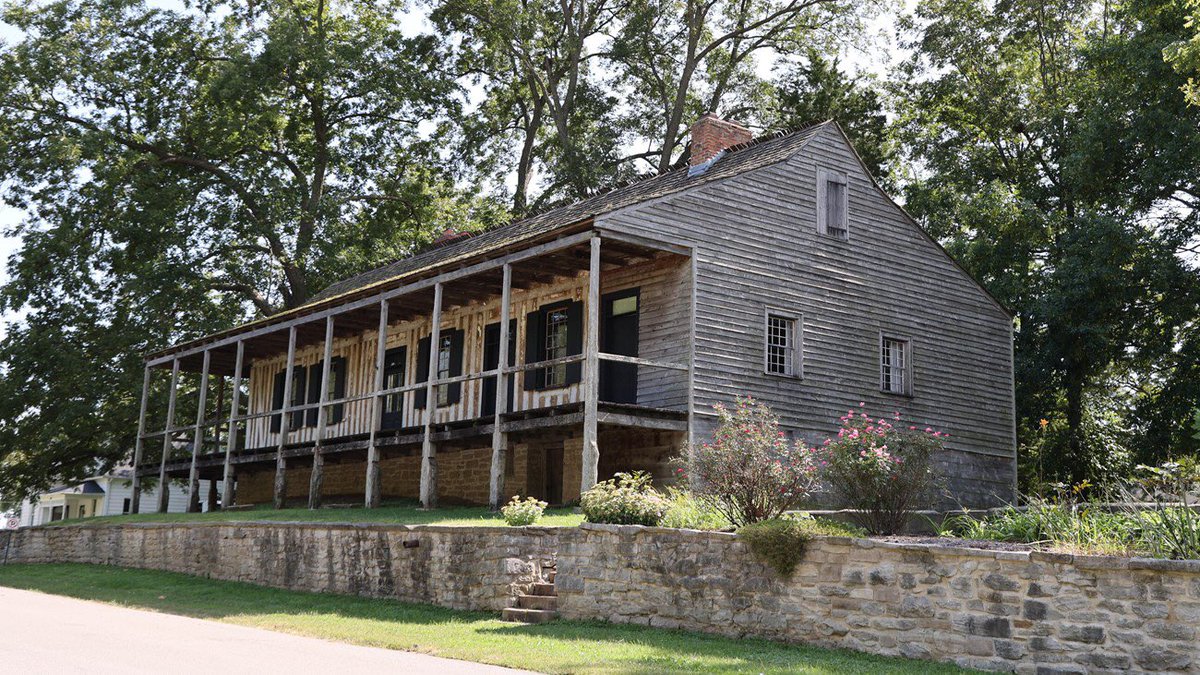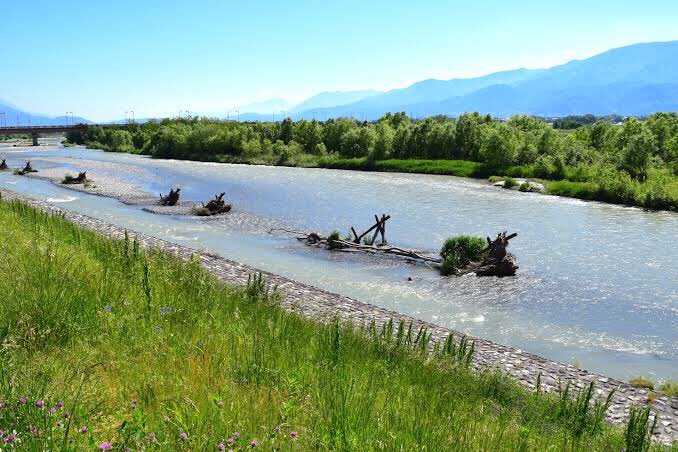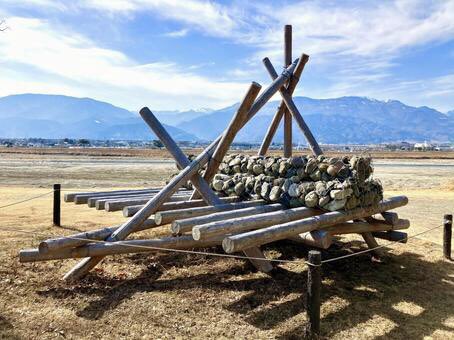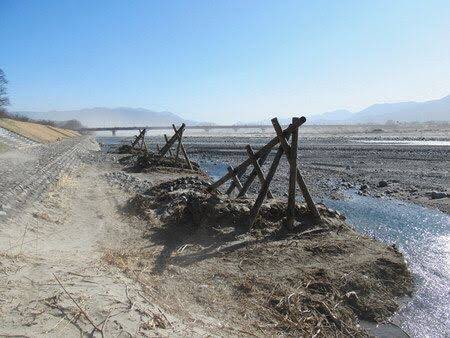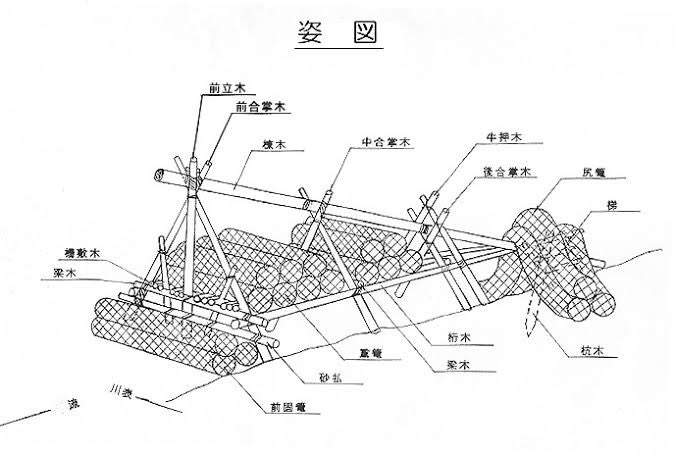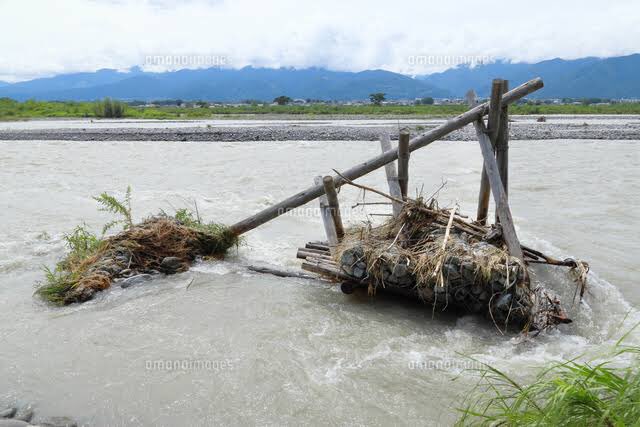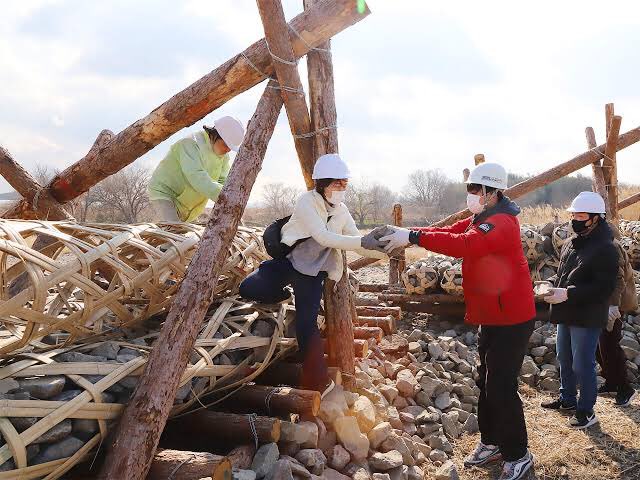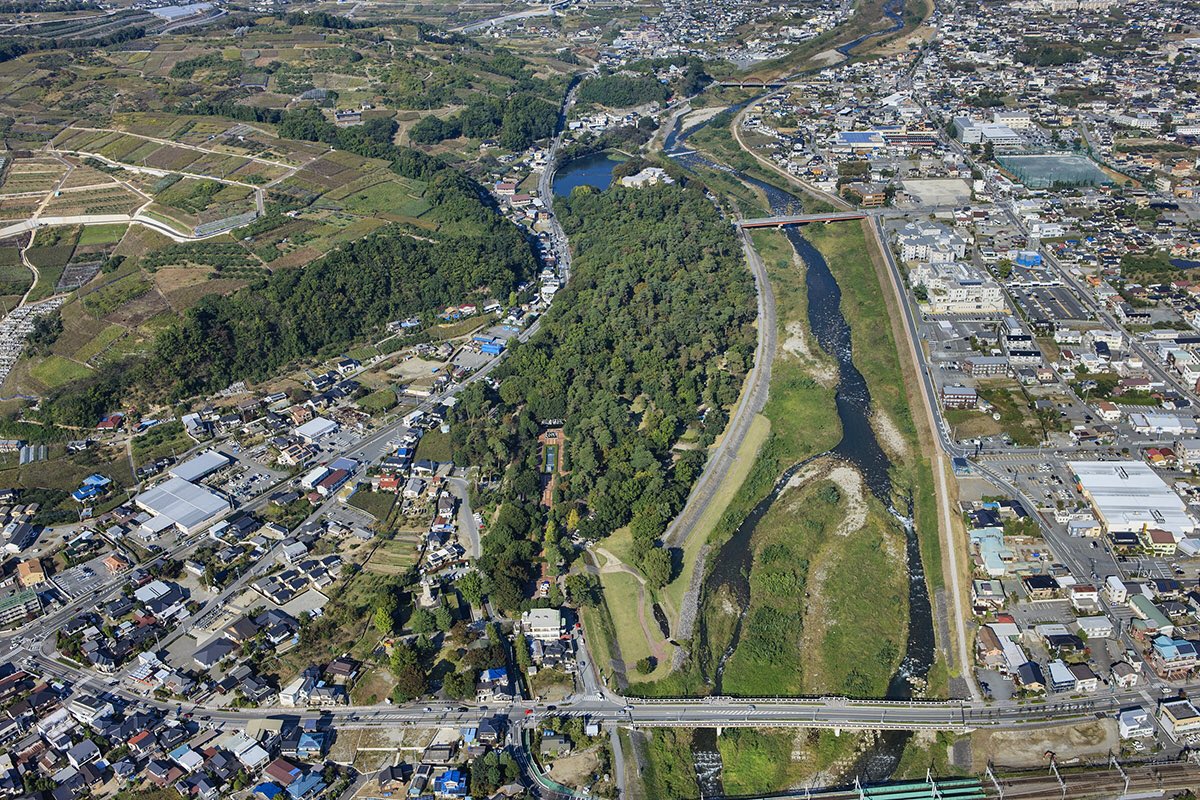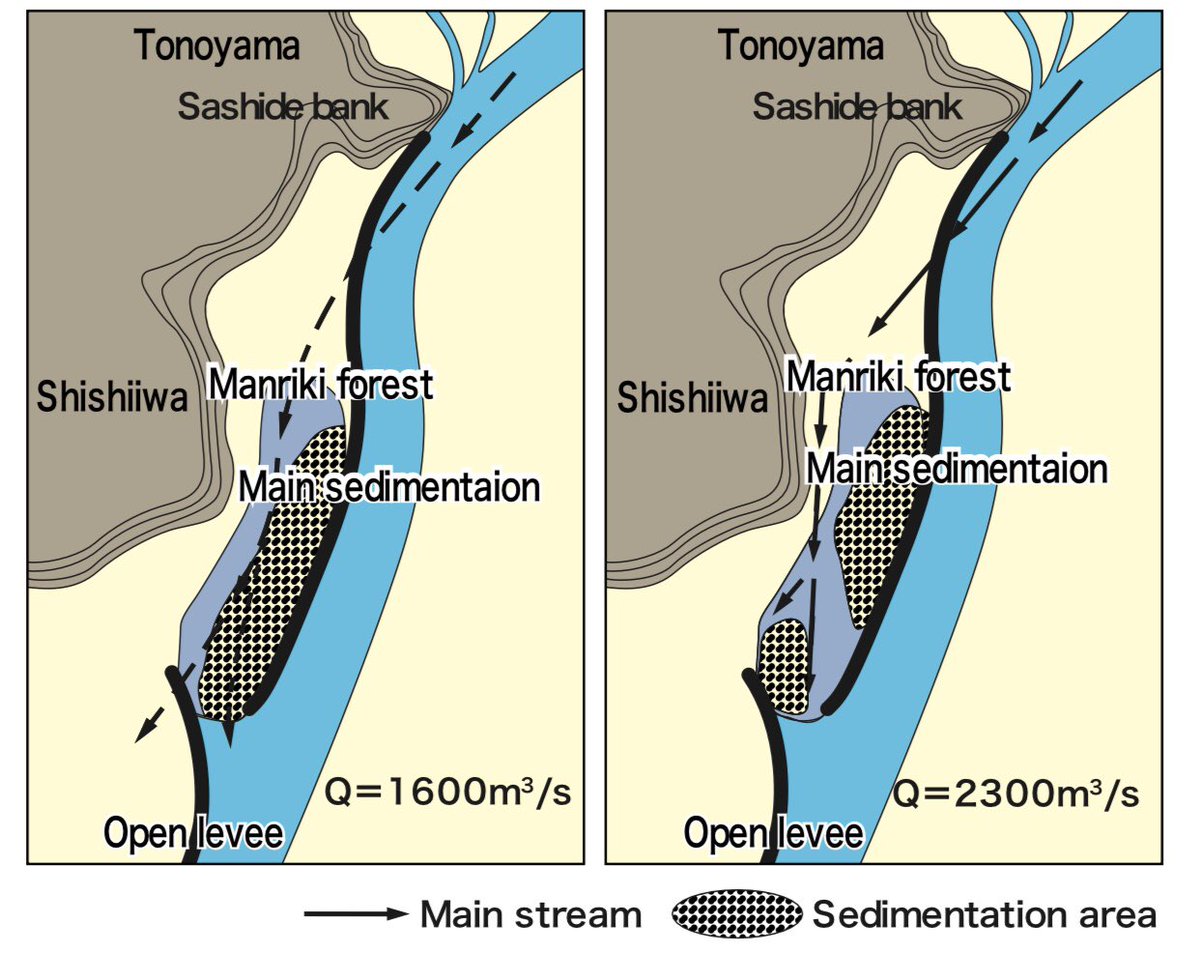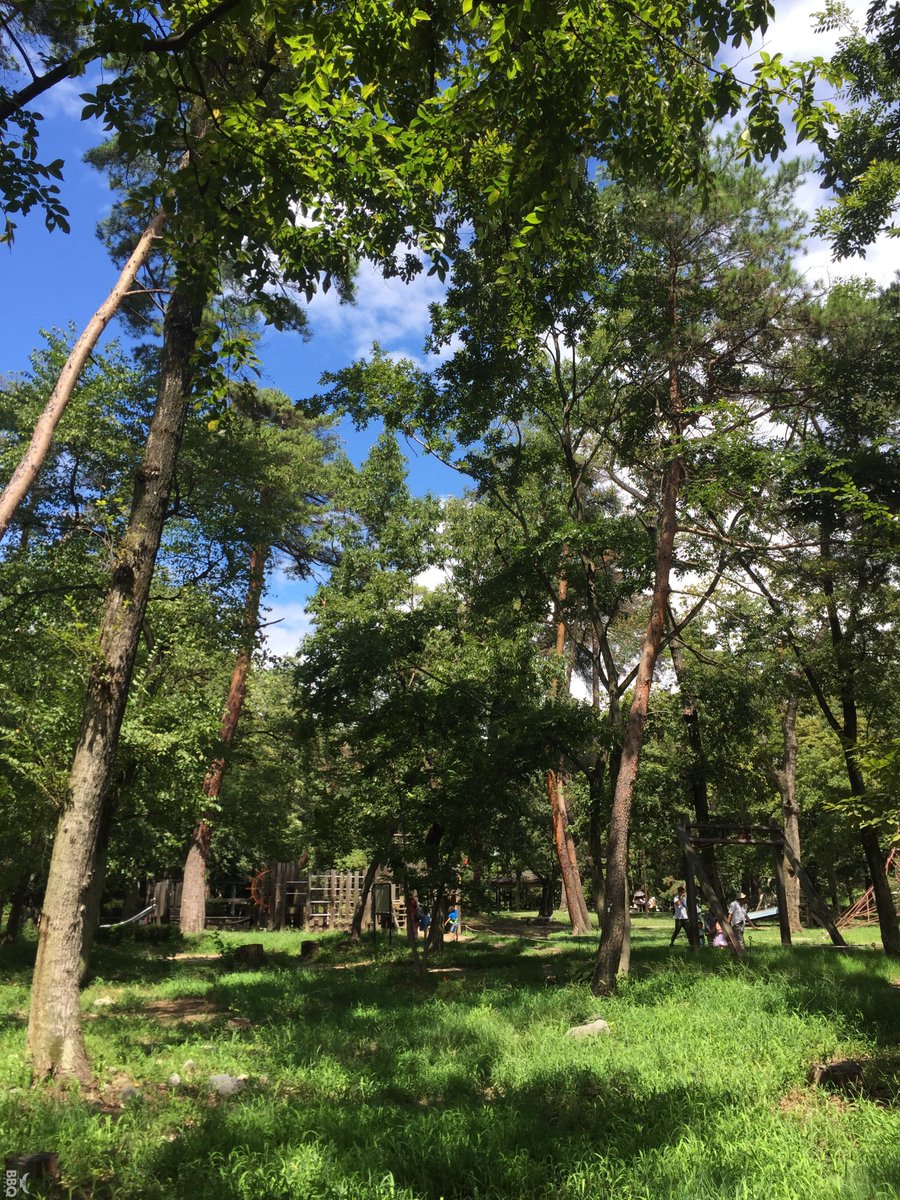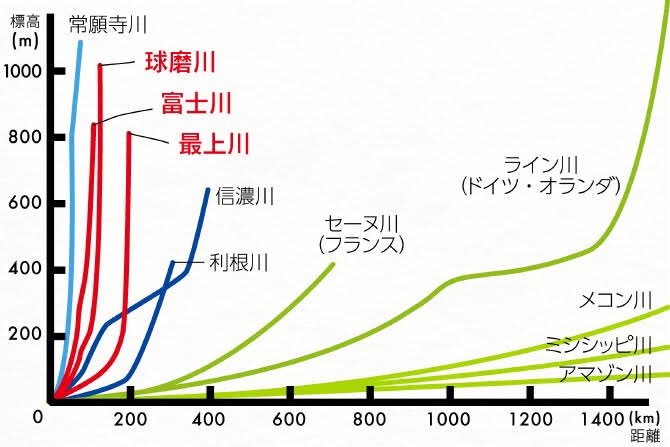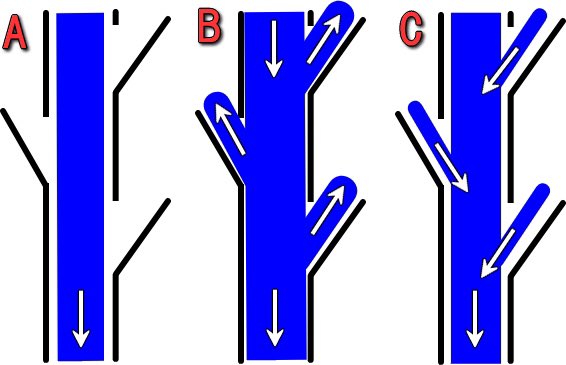In 1914, a 29 yo engineer with the Ministry of Agriculture put an end to centuries of village feuding over water rights in rural Japan by inventing the Circular Water Diverter, "Entobunsui". A no-tech unmanned automatic cistern that fairly divided set amounts of irrigation water. 


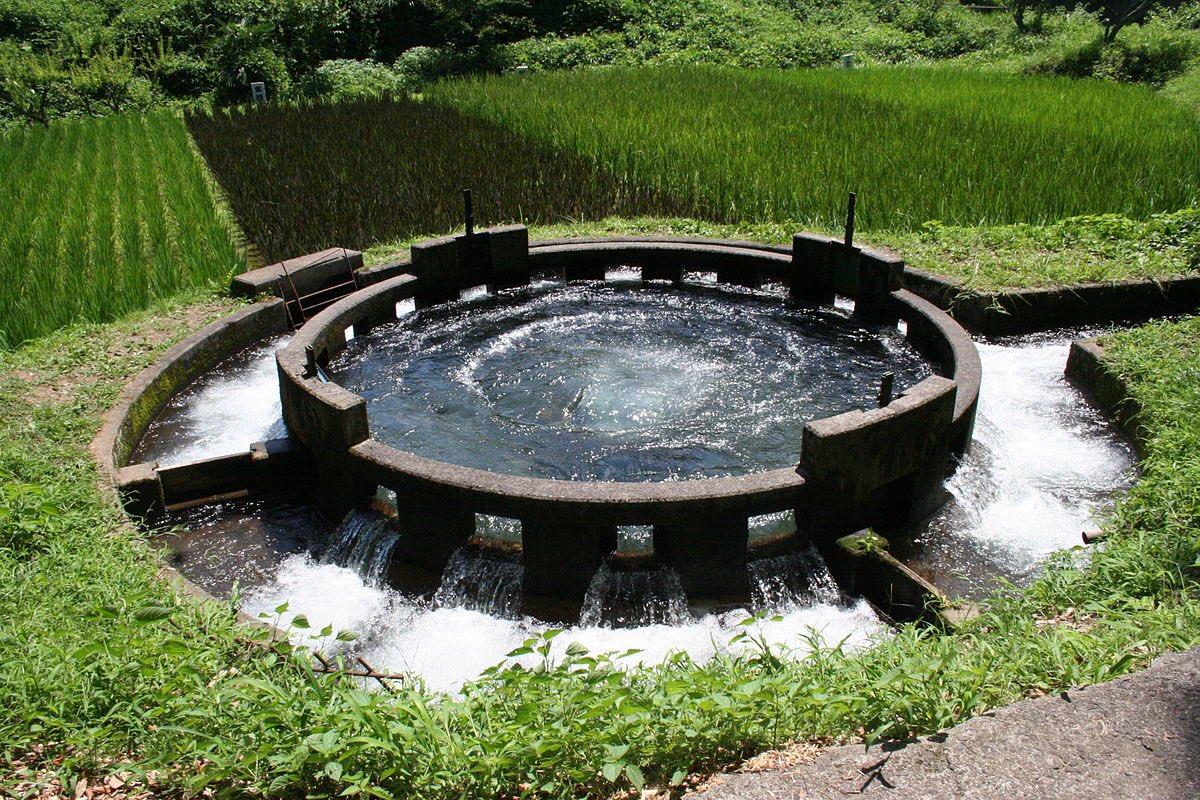
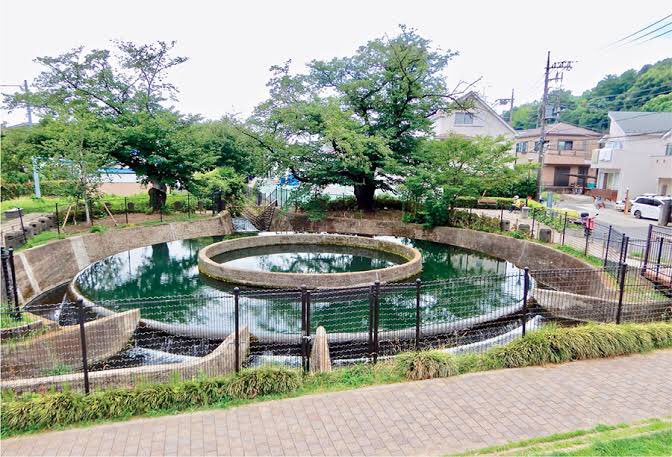
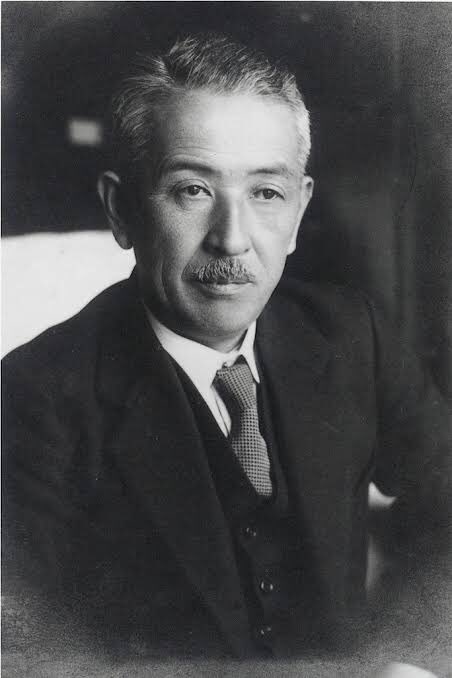
The construction works by collecting water in one circular cistern, and thus providing an even overflow that can be easily divided by the desired amount in separate channels. Either equal amounts or any combination necessary. The winning feature is that it was obviously fair. 



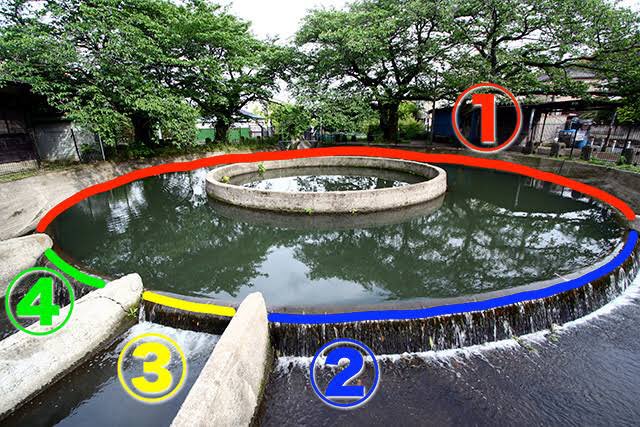
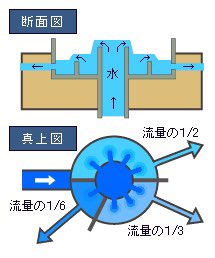
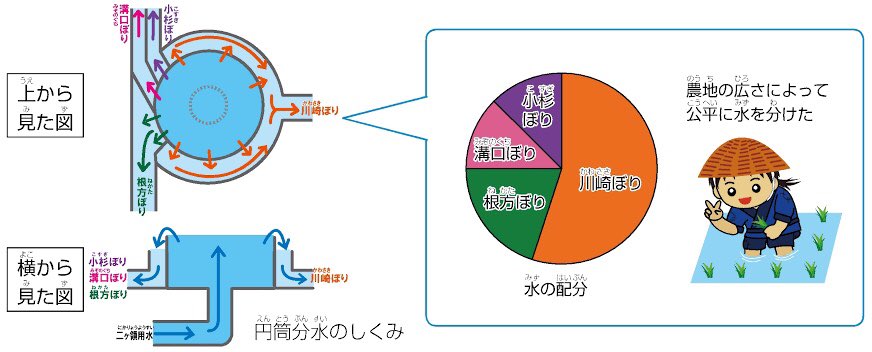
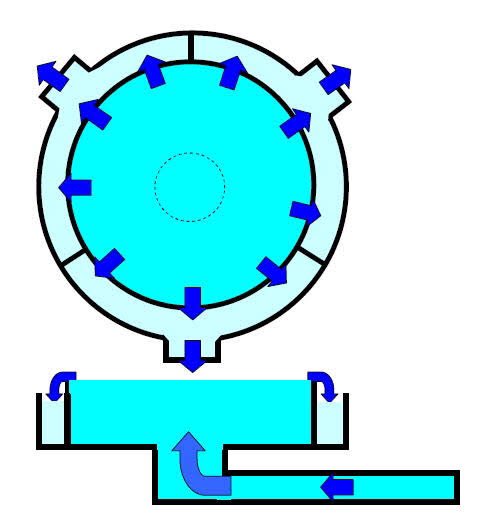
Within a few years thousands of these were built by farmers and villages themselves, in an endless variety of sizes and locations. Some were huge, the first dividers, and could be linked in series to divide water to thousands of fields fairly, without energy or labor. 



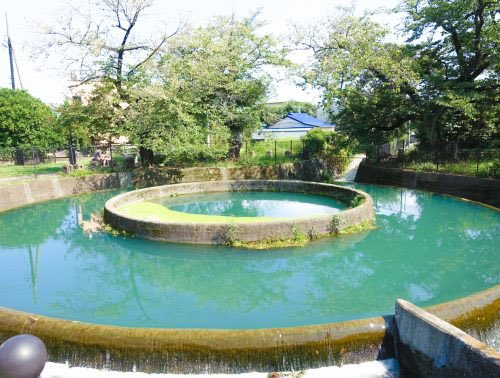
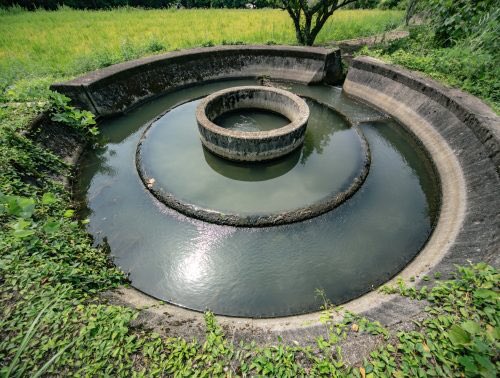
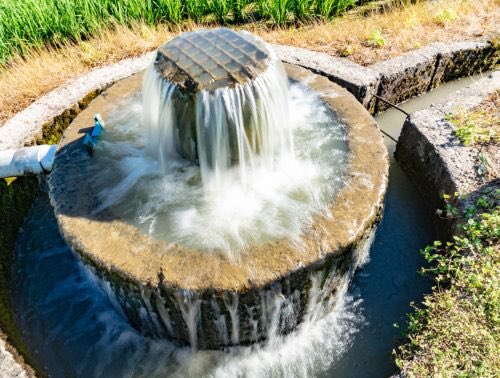
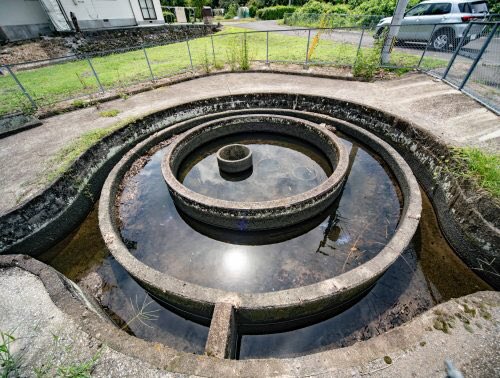
Before the Entobunsui water was divided automatically by splitting channels but this was unfair since water doesn't flow at the same rate at all split channels and even if channel width is adjusted, flow rates fluctuate. And it was easy to cheat. A recipe for endless conflicts. 


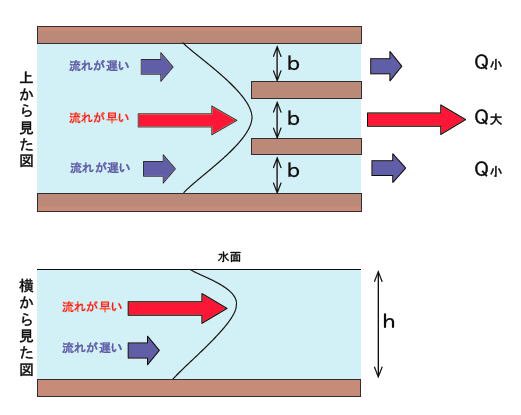
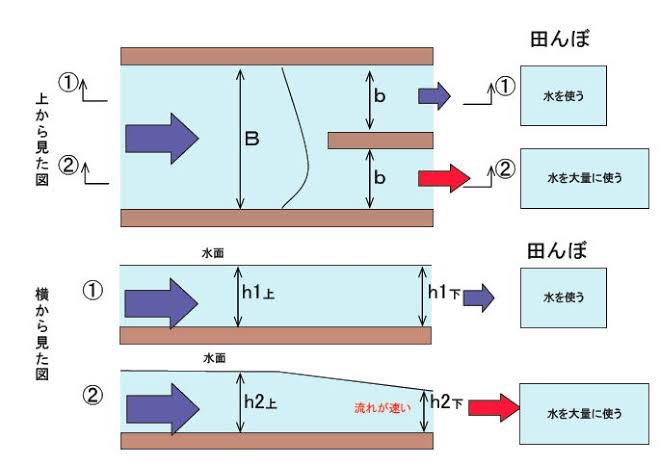
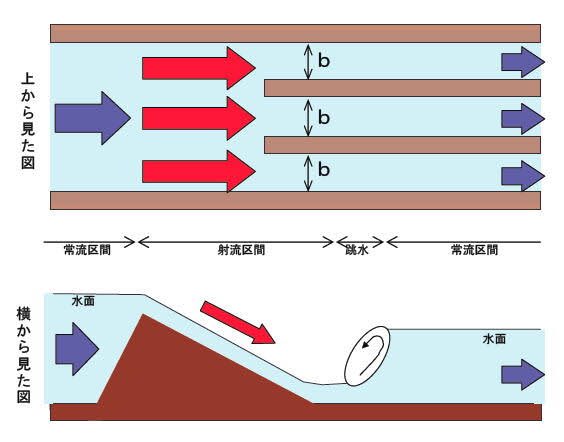
A common solution before 1914 was to use a complicated system of water sharing where farmers would set up watches and manually open and close water gates to make sure the upstream villages didn't cheat on the downstream villages. Which they did: feuds could last for centuries.
The Mizonokuchi Water Disturbances was an 1821 peasant war in Kawasaki near Edo (modern Tokyo), involving 60 villages, 14,000 peasants on the downstream side. Their target was the 33 upstream villages and especially their headman, who illegally cut water supplies downstream.
When samurai forces finally imposed order again some leaders on both sides were fined (one of the instigators was even deported), but the heaviest punishment was laid on the government officials and samurai who had failed in their duties to oversee water management.
But all this, centuries of strife, came to an end in 1914 thanks to one clever young engineer, Kanchi Kanichi (1885-1956). Thousand of his diverters remain in use, and even when not needed anymore, they are often local landmarks, reminding us of our agricultural past. 



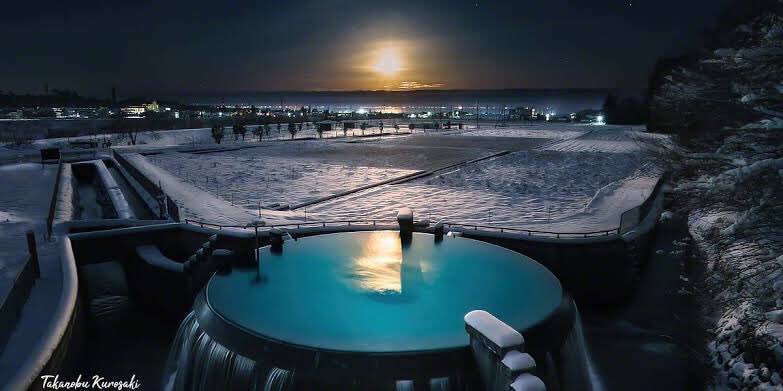
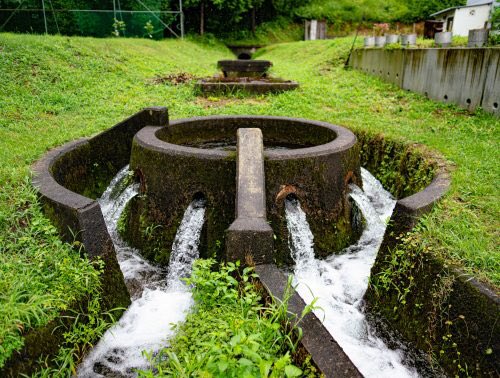
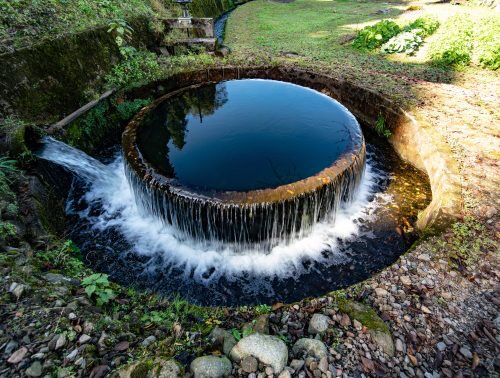
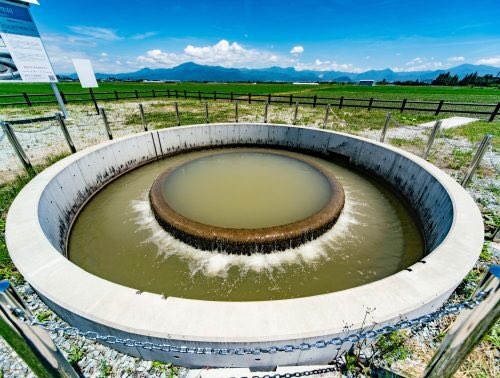
"There is no such thing as winning a fight against water, but it is certainly possible to come to a somewhat peaceful truce." — Engineering proverb 



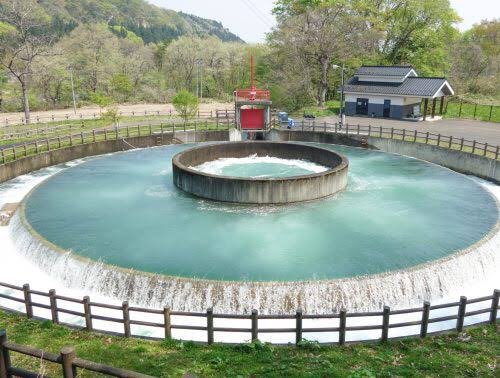
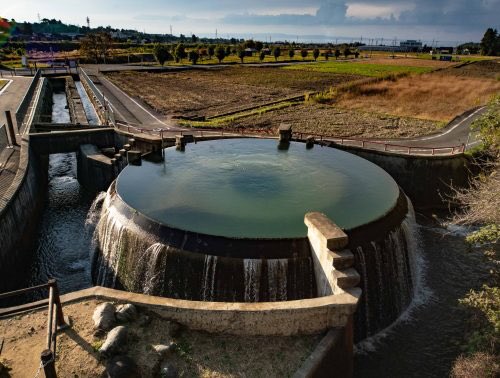
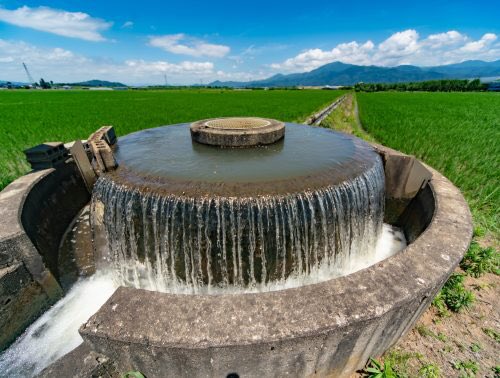
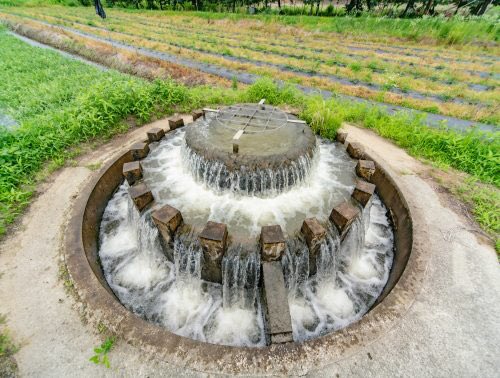
• • •
Missing some Tweet in this thread? You can try to
force a refresh

 Read on Twitter
Read on Twitter

